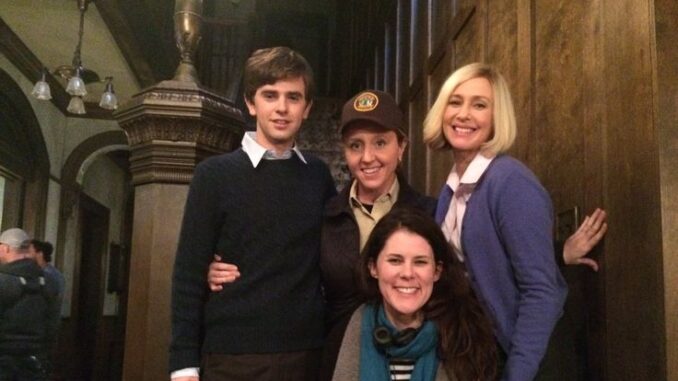
In the landscape of modern television, few characters have sparked as much public discourse and redefined perceptions as profoundly as Dr. Shaun Murphy from “The Good Doctor.” At the heart of this transformative impact is Freddie Highmore’s groundbreaking portrayal, which elevated the character beyond a mere medical prodigy to become a powerful emissary for the autism community. Highmore’s nuanced, deeply empathetic performance has not only captivated audiences worldwide but has also played a pivotal role in challenging long-held stereotypes, fostering greater understanding, and promoting a more inclusive narrative surrounding autism spectrum disorder on screen.
For decades, media representations of autism often oscillated between two extremes: the “Rain Man” savant, possessing extraordinary intellectual gifts but lacking emotional depth, or the often-misunderstood, socially isolated individual whose struggles were primarily depicted as burdens. These portrayals, while sometimes well-intentioned, frequently lacked complexity and failed to capture the diverse reality of the autism spectrum. Freddie Highmore, through Dr. Shaun Murphy, consciously and meticulously broke free from these conventional tropes. He presented a character who is undeniably brilliant in his surgical skills due to his Savant syndrome, yet also profoundly human in his vulnerabilities, struggles, and capacity for growth, love, and connection.
Highmore’s success as an “emissary” for autism stems from several key aspects of his performance. Firstly, he humanized the experience of autism. Shaun Murphy is not just a diagnosis; he is a young man grappling with typical life challenges – forging friendships, navigating romantic relationships, facing professional pressures, and mourning loss – all while processing the world through a unique neurological lens. Highmore ensures that Shaun’s autism is an integral part of his identity, but not the sole defining characteristic. This approach allows viewers to see Shaun as a complete person first, whose autism informs his experiences rather than reducing him to a single trait. This holistic portrayal encourages empathy, inviting audiences to relate to Shaun’s universal human experiences, regardless of his neurotype.

Secondly, Highmore’s portrayal directly confronts and dismantles misconceptions. Shaun’s journey is replete with moments where his colleagues, patients, or even the general public misunderstand his intentions, misinterpret his social cues, or doubt his capabilities solely because of his autism. Highmore subtly yet powerfully illustrates the societal barriers and biases that individuals on the spectrum often encounter. For example, Shaun’s directness, which might be perceived as rude, is shown as a manifestation of his literal interpretation of language. His difficulty with eye contact isn’t a sign of disinterest, but a common sensory processing difference. By consistently showing these misunderstandings and then allowing Shaun (or his allies) to explain or overcome them, the series, championed by Highmore’s authentic performance, educates the audience in a relatable and impactful way. It subtly champions the idea that difference does not equate to deficiency.
Furthermore, “The Good Doctor”, primarily through Highmore’s nuanced acting, highlights the strengths and unique perspectives that individuals with autism can bring to the table. Shaun’s ability to visualize complex anatomical structures, remember vast amounts of medical information, and approach problems with an unparalleled logical rigor are depicted as invaluable assets in the high-stakes environment of a hospital. Highmore’s performance makes these “superpowers” believable, showcasing how neurodiversity can be a source of extraordinary talent and innovation. This positive framing is crucial in shifting the narrative from one of deficit to one of difference and potential. It demonstrates that inclusion isn’t just about charity; it’s about recognizing and leveraging diverse strengths for collective benefit.
In conclusion, Freddie Highmore’s Dr. Shaun Murphy is far more than a compelling television character; he is a powerful cultural phenomenon that has genuinely redefined the portrayal of autism on screen. Through his meticulous preparation, empathetic performance, and unwavering commitment to authenticity, Highmore has become an unwitting, yet incredibly effective, emissary for the autism community. He has not only entertained millions but has also educated, inspired, and, most importantly, fostered a greater sense of understanding and acceptance for neurodiversity, leaving an indelible mark on both the entertainment industry and society at large. His work serves as a powerful reminder of how art, when handled with sensitivity and integrity, can be a potent force for social change and human connection.
